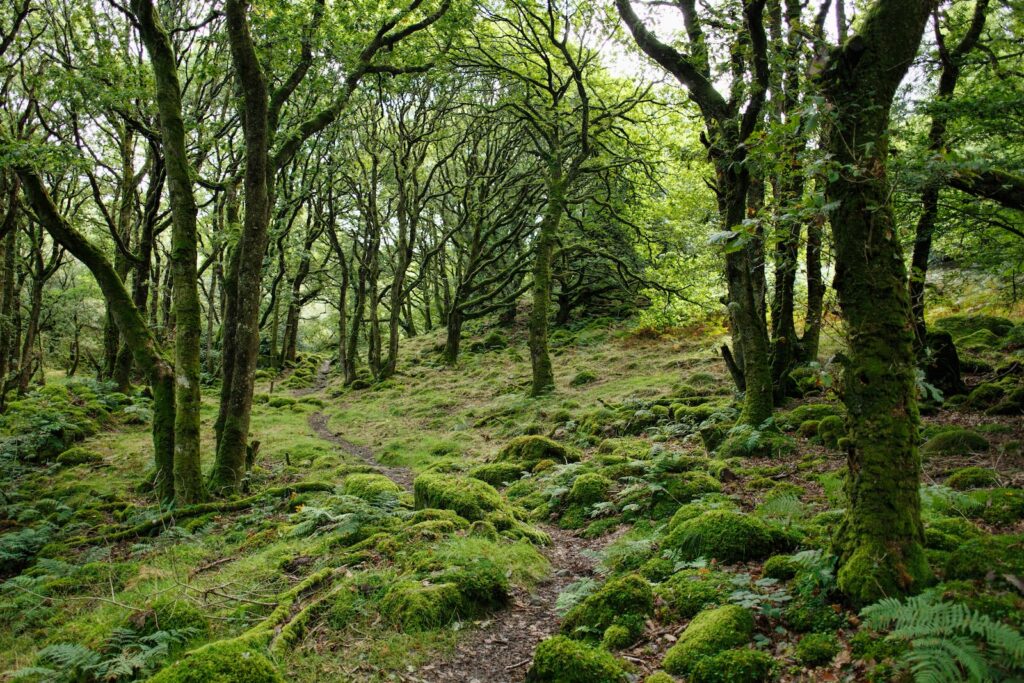3D scanning shows UK forests have almost double carbon storage capacity
A major new study conducted by researchers at UCL has suggested previous calculations on the properties of British woodland were too modest.
The findings, published in the journal Ecological Solutions and Evidence, could have significant ramifications for understandings of carbon stocks and planned responses to the climate crisis.
Using a novel 3D scanning technique, the team behind the work analysed the amount of aboveground biomass (AGB) – which is used to derive carbon storage – of 815 individual trees found in a single UK woodland: Wytham Woods, Oxfordshire.
Working in collaboration with experts at the UK National Centre for Earth Observation, universities of Ghent, Oxford and Tampere, The National Physical Laboratory, and Sylvera, terrestrial scans were taken of a 1.4ha section of the forest, using laser pulses to capture the environmental structure of trees. From this, it was concluded the trees could have around 77% higher storage capacity that first believed.
‘Forests currently act as a carbon sink in the UK. However, whilst our finding that the carbon storage capacity of typical UK woodland could be nearly double what we previously thought might seem like a purely positive outcome, in practice this means that for every ha of woodland lost, we’re potentially losing almost twice the carbon sink capacity we thought,’ said study co-author Professor Mat Disney, of UCL Geography and the National Centre for Earth Observation.
‘This has serious implications for our understanding of the benefits of protecting trees in terms of climate mitigation—and deforestation and afforestation targets more broadly,’ he continued.
The study raises serious questions about the certainty of estimates used to calculate the carbon storage capacity of UK forests, with the most carbon-heavy tree species likely to be the least accurate. Crucially, the process involved is based on widely used models which use trunk diameter to gauge tree mass. In turn, this could also mean other regions have been using inadequate approaches to determine biomass and storage capacities.
‘Currently, most estimates of forest carbon stocks are based on simple allometric models that assume that a tree’s size and mass increase at a steady rate. Our findings show that relying on these models is problematic, as they are not representative of UK forests,’ said study lead author, Professor Kim Calders of Ghent University.
‘While the models work well for trees smaller than around 50 cm in diameter, which are fairly uniform in terms of their size and volume, this isn’t what we see for larger, heavier trees. These are far more complex when it comes to structure—and they vary hugely across place and species,’ she continued. ‘It’s vital that we’re able to reduce uncertainty in forest carbon estimates, given that land use, and forest protection and restoration in particular, constitute a quarter of countries’ current commitments to their Paris Agreement targets.’
Revisit Air Quality News‘ recent feature on the health of global forests, and the problems created by reforestation programmes focused on monoculture and for-profit plantations.
Image: Marc Pell


















